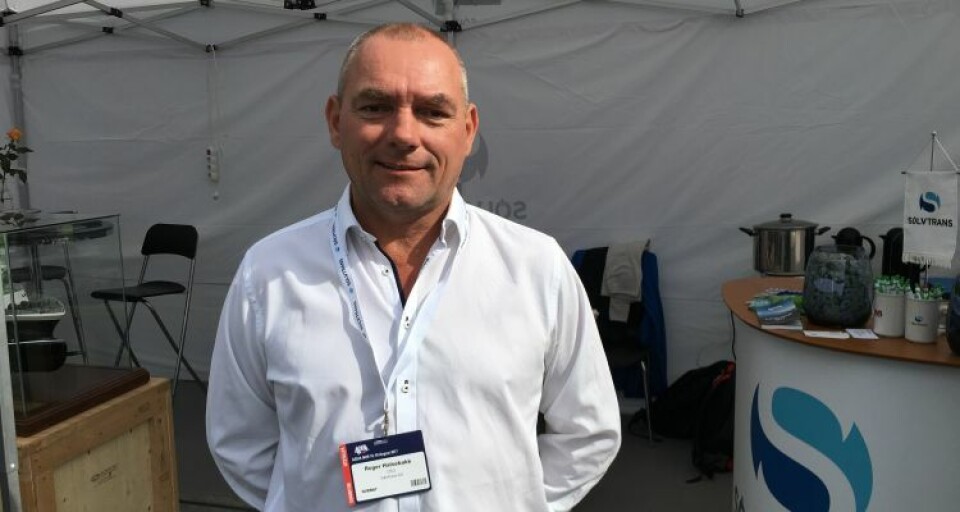
Sølvtrans revenue jumps £30.8m
Wellboat operator Sølvtrans recorded a substantial increase in both revenue and operating profit for 2017.
The Norwegian company’s revenue increased by NOK328.8 million (£30.8m), from NOK410.8m to NOK739.6m (£69m).
Operating profit for Sølvtrans, the world's largest wellboat company for transport of live salmon and trout, was NOK345.3m (£32.3m) last year, against NOK185.2m the year before - an increase of NOK160.1m (£15m).
‘Demand is good’
Chief executive Roger Halsebakk told Fish Farming Expert’s sister site, Kyst.no, that he is pleased with the results, which are in line with the company’s budget plan.
“It is always nice to deliver results according to the promised budget and we’re very pleased,” said Halsebakk.
“We have sold two boats and have received more new boats. We have the boats in continuous operation and demand is good.”
Halseback said the numbers for 2018 are also good and are in line with their budget.
“We have had a lot of work this year,” he said.
The company has 21 vessels in the fleet, and the boats operate in Norway, Chile, Scotland and Tasmania. Three of their vessels operate in Chile.
The company received three new vessels in 2017. These were:
- Øystrand (3,600m³ capacity), which was delivered January 2017 from Aas Mek Verksted AS;
- Ronja Ocean (3,200m³) delivered in March 2017;
- Ronja Diamond (3,200m³) which was delivered September 2017. Both the latter boats came from Myklebust Med Verksted AS.
With four new vessels that are also under construction, Sølvtrans will increase capacity by 14,300 cubic metres by next year. One of the new vessels, the Ronja Storm, with a capacity of 7,450m³, will be world’s largest wellboat.
Three of the vessels will be built by Aas Mek Verksted AS. These are the Ronja Explorer (2,500m³), Ronja Fisk (2,500m³) and another yet to be named vessel (1,800m³).
Closed technology
The Ronja Storm, which will operate in Tasmania, is being built by Havyard. It is due for delivery in June 2019 and will cost NOK500m (£47m).
In its annual report, the company writes that it is positive about the future prospects for the wellboat market, especially for larger and more efficient wellboats with closed technology.
“The company focuses on ‘closed technology’, a system that limits the risk of disease spreading, in addition to having a positive impact on animal welfare and salmon quality, ensuring closed technology provides cost-effective shipping and processing of fish,” the report states.
The board expects a continued increase in demand for wellboat services as a result of production growth, longer shipping distances, changes in the use of wellboats, as well as regulatory changes.























































